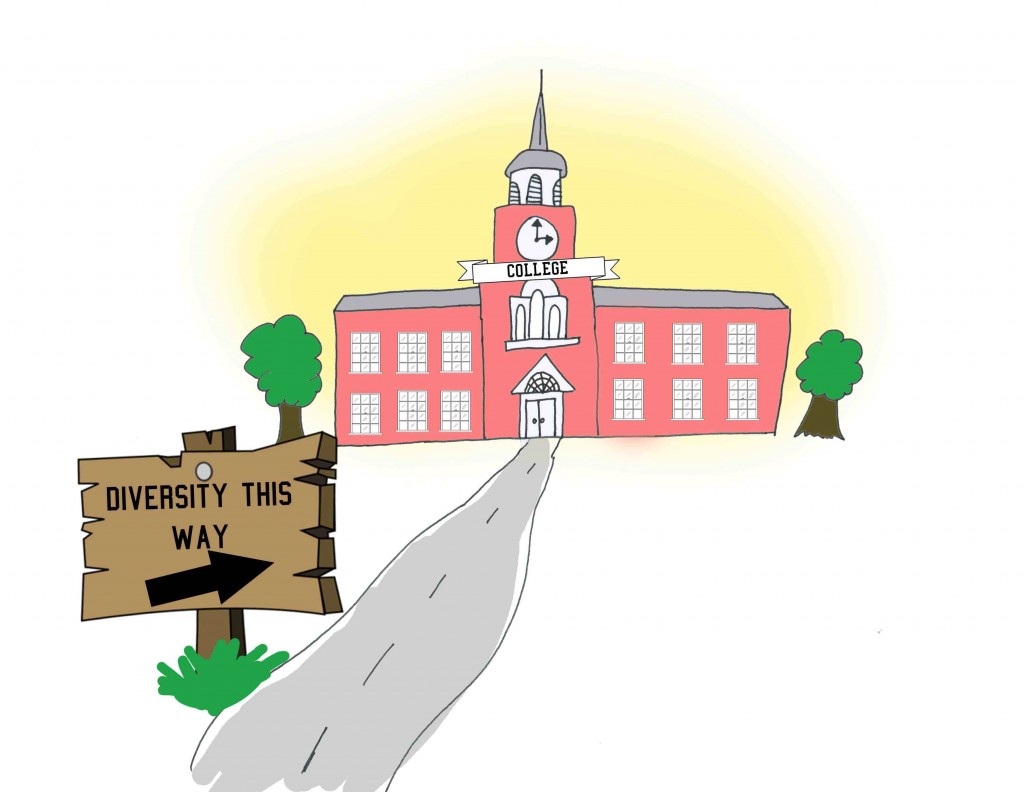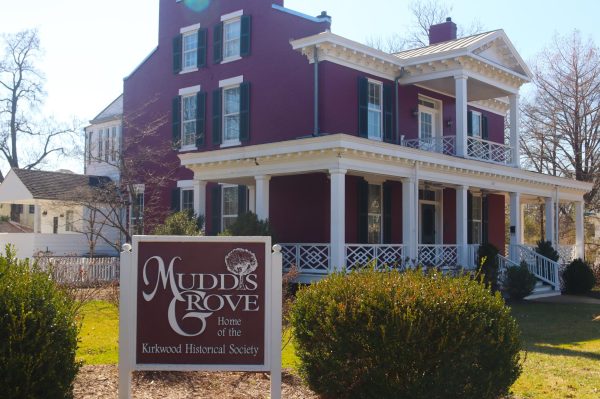Affirmative action levels the playing field
Application deadlines are looming, seniors are walking around like zombies and the term “admissions counselor” has begun to sound slightly sinister. However, in the midst of all these worries, some seniors are preoccupied with a specific detail of the college admissions process: affirmative action.
Affirmative action is a policy that allows businesses and colleges to consider applicants’ race, gender and geographical region in their hiring and admissions processes. Although affirmative action gives under-represented gender and regional groups a leg up in college admissions, most debate surrounding the issue seems to be placed on race.
Living in an affluent community, we benefit from an excellent school district. This is not the case for many minority students in our nation. In allowing colleges to consider applicants’ race, affirmative action helps minority students overcome historic cycles of economic, educational and social disadvantage.
In response to the belief that affirmative action helps minority students overcome oppression, I have heard students argue that two wrongs do not make a right. By selecting students on a race-sensitive basis, many believe colleges are practicing reverse discrimination against non-minorities. Why should students have a lower chance of college admission simply because they do not belong to a minority group?
While I can empathize with this point of view, it is important to remember that the vast majority of colleges are not selective enough for affirmative action to even affect non-minority students. According to the 2010 State of College Admission report, on average, colleges accept 67 percent of applicants. Most colleges are not competitive enough for affirmative action effect either minority or non-minority acceptance rates.
On the other hand, affirmative action does come into play at very selective colleges. In this case, yes, being part of the white middle-class does not present an advantage in competitive college admissions. But I do not believe affirmative action can be considered “discrimination.” Lower non-minority admissions rates to our nation’s top selective universities cannot be compared to centuries of racial discrimination against minorities.
As Americans, the importance of diversity has been ingrained in us from a young age. As elementary students we sang songs about “The Great American Melting Pot,” and we celebrated the cultural differences our country benefits from. However, what does this idealistic vision of American diversity even mean if we are not willing to promote it on our college campuses? Diversity is the base tenant of affirmative action. Colleges want to create an incoming freshman class that represents the nation as a whole. College campuses are supposed to be micro-environments of America’s diversity. Students are supposed to be challenged by new viewpoints, ideas and cultures. This need for diversity is too important to be left to chance, which is exactly why colleges use affirmative action.
In turn, culturally mixed college campuses lead to a more effective workforce. This is one of the main reasons the Federal Departments of Justice and Education both support affirmative action. In a letter to college and university presidents, the departments wrote, “Racially diverse educational environments help to prepare students to succeed in our increasingly diverse nation. The future workforce of America must be able to transcend the boundaries of race, language, and culture as our economy becomes more globally interconnected.” Without affirmative action implemented in college admissions, our nation’s cultures may remain largely socially and economically segregated.
If affirmative action’s positive influence on our economy is not reason enough to continue the policy, consider this. Contrary to common belief, studies show affirmative action does not substantially decrease non-minorities’ college admissions rates. The former presidents of Harvard and Princeton conducted a study for their book, The Shape of the River, in which they reviewed the records of more than 45,000 students at the nation’s top selective universities. They found that even without affirmative action, white students’ admission rates only rose by 1.2 percent.
The truth is, we are all in favor of colleges considering us holistically. We want to be more than our test scores, more than our GPAs. We want to be considered in context, as individuals. We all agree upon this—until race is added to the picture. Race, however, is necessary for a holistic approach. If colleges did not take race into consideration, minority groups would suffer. According to the 2012 ACT score report, only 5 percent of African-American students and 13 percent of Hispanic students met college-readiness benchmarks in all four subject areas, as compared to 32 percent of Caucasian students. These African-American and Hispanic students are no less worthy or capable of attending college than their Caucasian counterparts. They simply have not been offered the same quality of education leading up to college.
This is why affirmative action is important. If colleges did not take race into account, if they did not view students in the context of their racial situation, our universities would have deplorable diversity. The privileged would continue to receive top of the line educations, while equally talented and intelligent minority groups would continue to suffer from the disadvantages of history.
Your donation will support the student journalists of Kirkwood High School. Your contribution will allow us to purchase equipment and cover our annual website hosting costs.

Grade: 12
Hobbies: Running, reading, hanging out with my dog
Extra Curriculars: KHS Equality, Call, NHS

Grade: 12
Hobbies: GTA V, hang out with friends. GTA V, GTA V, GTA V
Extra Curriculars: Call

















